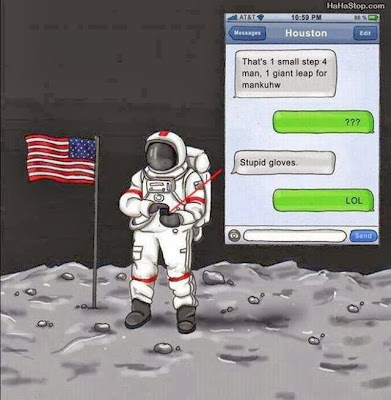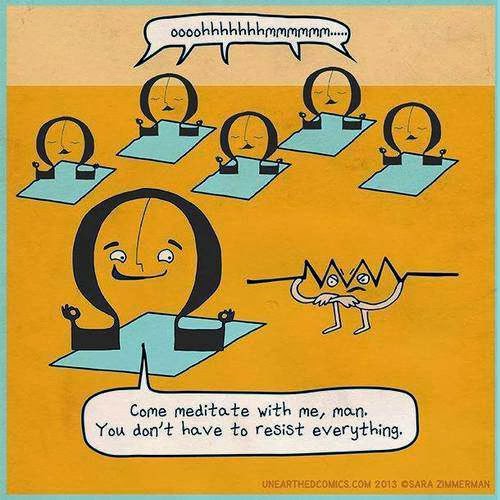Instances where copyrights of various parties may have been violated
According to the World Intellectual property organization (WIPO), “Copyright (or author’s right) is a legal term used to describe the rights that creators have over their literary and artistic works. Works covered by copyright range from books, music, paintings, sculpture, and films, to computer programs, databases, advertisements, maps, and technical drawings.” The copyright issues that arise in this question can be discussed in the light of this definition.
The first issue is whether the reproduction of the piece of music by the lecturer, using an algorithm. The copyright of the original piece of music is owned by its creator. According to the section 9(1)(a) of the Intellectual Property Act No 36 of 2003, unauthorized reproduction of a work infringes copyright law. However, the section 11(1) of the act specifically states that “teaching (including multiple copies for classroom use)” falls under the category of fair use, thus it is not an infringement of copyright. Therefore, the lecturer has not violated any copyright law.
The next possible issue occurs when a particular student decides to buy a CD and make mp3 copies of the songs. It is obviously not a copyright law infringement to buy a CD (given that it is a legal copy), because a portion of the cost of the CD is given to the creator of the music, since he is lawfully entitled to it, under economic rights. Further, under the section 12(1) of the act, “the private reproduction of a published work in a single copy shall be permitted without the authorization of the owner of the copyright, where the reproduction is made by a physical person from a lawful copy of such work exclusively for his own personal purposes.” This situation does not fall under the exceptions stated under section 12(2), hence the student may not have infringed any copyright laws by making mp3 copies. However, under this act, he is only entitled to make only one single copy, for his personal use. If he has made more than one copy, he may be in breach of copyright laws.
The subsequent issue involves downloading photographs from a website and using them in a commercial piece of software. The section 6 sub-section (1) (j) covers photographic work, hence copyright law is applicable to those photographs. Since they were downloaded from a website, most probably the students did not have the authorization of the owner and did not credit the owner in their slideshow. Adopting such photographs is clearly protected under section 7(1)(a) and also this situation may not fall under the exception of “fair use” in section 11 and the exception of “personal use” in section 12. Therefore, the students may be in breach of copyright laws with respect to the downloaded photographs.
This same argument is applicable for the use of the afore-mentioned piece of music in their software. Since the software is used for a commercial purpose (to sell and obtain money), and the piece of music is a part of it, the students may be in breach of copyright law with respect to the piece of music as well.
The implementation of the algorithm in their own way, may not be an infringement of the copyright law. In general, according to the section 8(a) of the act, an idea (algorithm) is not copy writable. Since, the students developed their own software using the algorithm, they may have not violated any copyright laws.





